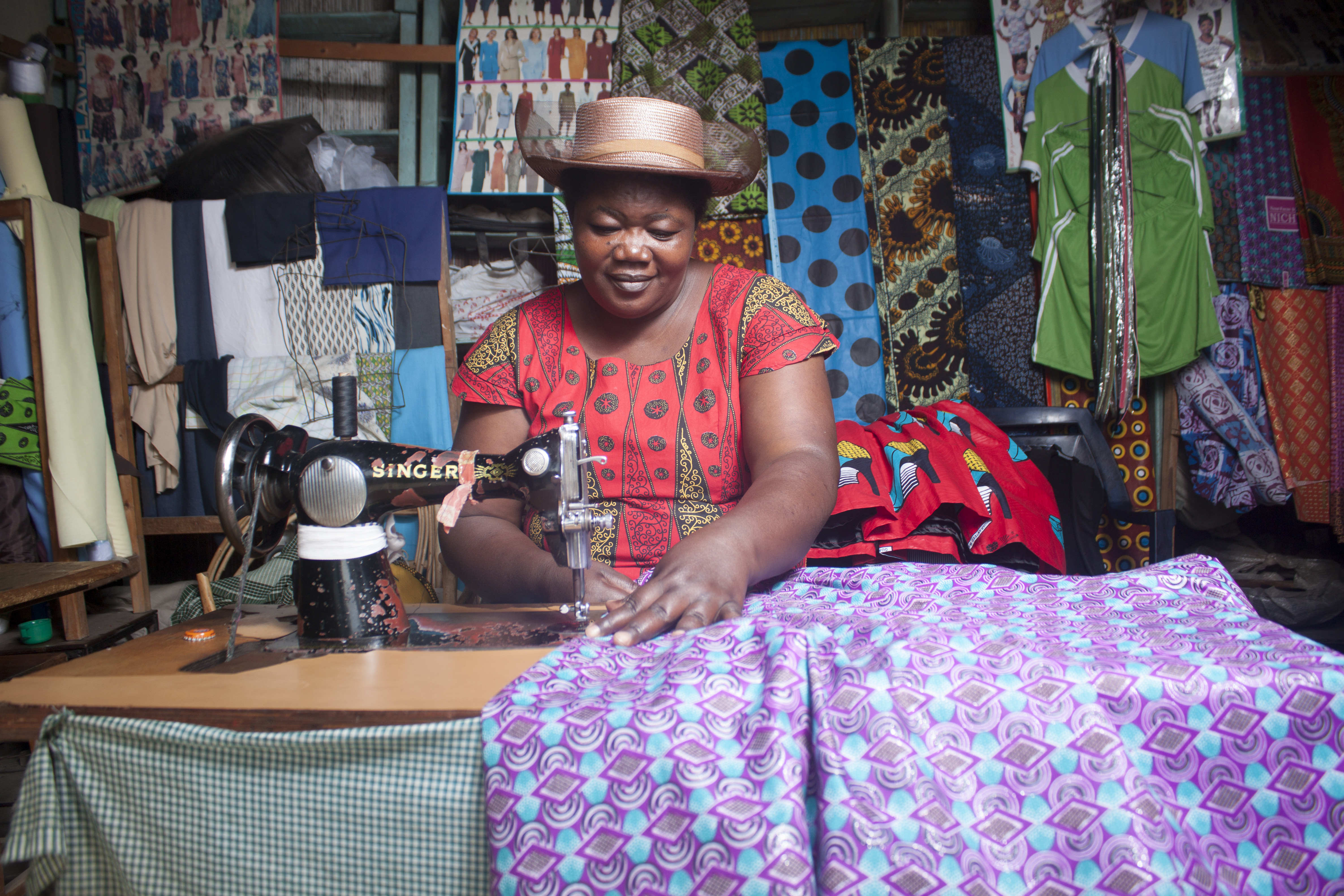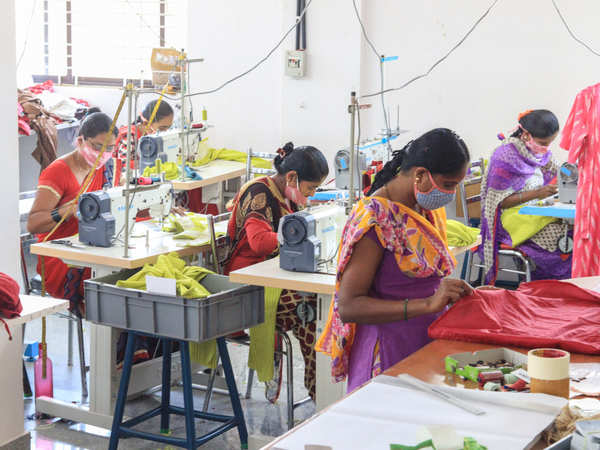Tailor Perth Professionals: Elevate Your Style with Custom Tailoring
Tailor Perth Professionals: Elevate Your Style with Custom Tailoring
Blog Article
Recognizing the Tailoring Refine: From Material Choice to Final Fitting for the Ideal Closet
The customizing process is an intricate interplay of art and scientific research, beginning with the essential choice of material selection and finishing in the precise changes of final fittings. Each fabric kind brings one-of-a-kind qualities that affect not only the aesthetic allure but additionally the garment's durability and viability for various celebrations.
Value of Fabric Choice
Picking the right material is critical in the tailoring process, as it directly affects the convenience, sturdiness, and total visual of the final garment (tailor perth). The choice of material establishes the structure for the garment's performance, functionality, and style. Different textiles have unique properties, such as weight, breathability, and stretch, which can substantially affect exactly how the garment drapes and fits the body
Additionally, material option affects the garment's durability and simplicity of care. Premium materials can stand up to deterioration, preserving their appearance and structure over time, while lower-quality products might cause pilling or fading. Furthermore, the best material adds to the garment's capacity to transition across occasions and seasons, thus enhancing flexibility.
A tailored item made from a proper material not only showcases workmanship yet likewise elevates the user's confidence. Comprehending the nuances of textile choice is critical for any kind of customizing endeavor. It makes certain that the end product not just satisfies the aesthetic needs of the customer but additionally lines up with useful demands, thus attaining a harmonious equilibrium between kind and function in the customized wardrobe.
Sorts Of Fabrics and Their Uses
Recognizing the various kinds of fabrics readily available is important for making educated choices throughout the tailoring process. Each textile has distinct qualities that determine its viability for specific garments and events.
Its flexibility enables it to be customized right into every little thing from shirts to gowns. Its all-natural flexibility aids garments maintain shape over time.
Silk exhibits high-end and is light-weight, making it excellent for eveningwear and fragile shirts; however, it requires careful handling because of its frailty. Bed linen, with its distinctive finish, is a popular choice for warm climates, offering a crisp and airy feel, however it wrinkles conveniently, which might influence the garment's look.
Artificial textiles, such as polyester and nylon, deal durability and resistance to wrinkles, making them appropriate for daily wear and active garments. Comprehending these material types and their properties enables better decision-making, ensuring that each tailored item not just fits well yet additionally straightens with the desired objective and celebration.
The Tailoring Strategies Explained
The art of tailoring counts on a range of methods that change fabric right into well-fitted garments. Central to this process is pattern composing, where a dressmaker produces design templates based on the customer's dimensions and preferred design. This preliminary step guarantees that the garment will fit the user appropriately before any reducing occurs.
As soon as patterns are developed, cutting strategies enter into play. Precision is paramount as errors can cause misfitting garments. Tailors typically utilize numerous cutting approaches, such as single-layer cutting for intricate layouts and multiple-layer cutting for performance on common patterns.
Basting is another crucial method, allowing Extra resources tailors to temporarily stitch textile pieces with each other for a preliminary installation. This technique supplies the chance to assess the drape and total silhouette prior to last stitching.
Seaming strategies, including french seams and flat-felled joints, enhance the garment's durability and visual allure. Tailors likewise use methods such as interfacing and extra padding to offer framework and form to particular locations, like collars and shoulders.
Finally, ending up techniques, consisting of hemming and edge completing, make sure the garment's longevity while offering a sleek appearance. Together, these methods develop the foundation of efficient tailoring, causing beautiful, tailor-made garments.
Suitable Adjustments and Considerations

Secret factors to consider consist of the shoulder fit, which must neither sag nor limit motion, and the sleeve length, which should permit comfy arm movement while maintaining a sleek appearance. Furthermore, adjustments at the midsection can fine-tune the silhouette, with alternatives to allow out or take in visit this page textile as required.
The rise of pants is one more vital factor; it needs to sit comfortably over the hips without triggering pain, enabling for ease of activity. Hemming lengths for both pants and skirts must reflect the user's favored design while valuing proportions.

Preserving Your Tailored Clothes
Proper maintenance of tailored garments is vital to maintaining their fit and look over time. To ensure longevity, regular cleaning is critical. Always follow the care label instructions, which may recommend dry cleaning for fragile textiles or equipment cleaning for more sturdy products. Stay clear of constant laundering, as this can use down the material and change the garment's shape.
Storage space is equally important; usage cushioned hangers for layers and jackets to maintain shoulder framework, and store trousers folded up neatly or hung to stop creasing. Protect garments from straight sunshine, which can fade shades and damages fibers.
Furthermore, periodic inspections for small fixings can stop bigger problems. Look for loose buttons, tearing joints, or indications of moth damage, addressing these troubles immediately to preserve the garment's integrity.
Lastly, take into consideration seasonal rotation. Using tailored pieces in small amounts enables fabrics to recuperate, prolonging their lifespan. By carrying out these maintenance approaches, you can make certain that your customized garments continue to be as beautiful as the day you first used them, enhancing your optimal wardrobe for many years ahead.
Final Thought
The customizing procedure, incorporating textile option, experienced methods, and exact suitable modifications, plays a vital duty in developing garments that boost both convenience and design. Comprehending the value of upkeep expands the life of customized garments, solidifying their value in a well-curated wardrobe.
Choosing the right fabric is essential in the tailoring process, as it directly influences the comfort, longevity, and total visual of the last garment. The selection of textile establishes the structure for the garment's design, performance, and performance. Different materials possess special properties, such as weight, stretch, and breathability, which can considerably affect exactly how the garment drapes and fits the body.
The art of tailoring depends on a selection of strategies directory that transform fabric right into well-fitted garments.The tailoring process, incorporating fabric option, knowledgeable methods, and precise suitable adjustments, plays a critical function in developing garments that boost both convenience and style.
Report this page